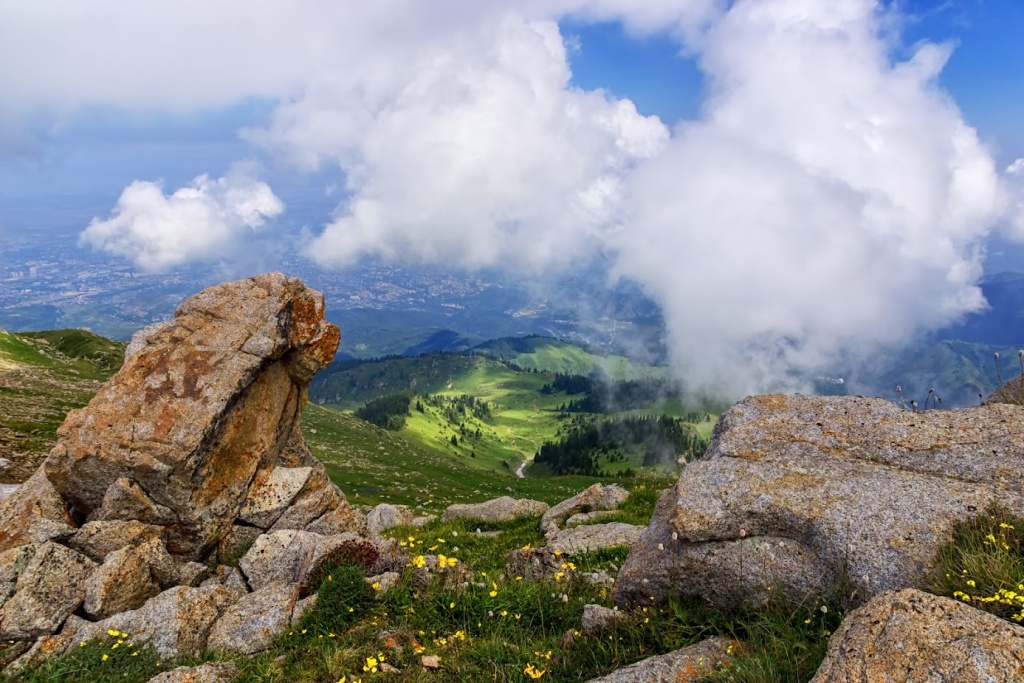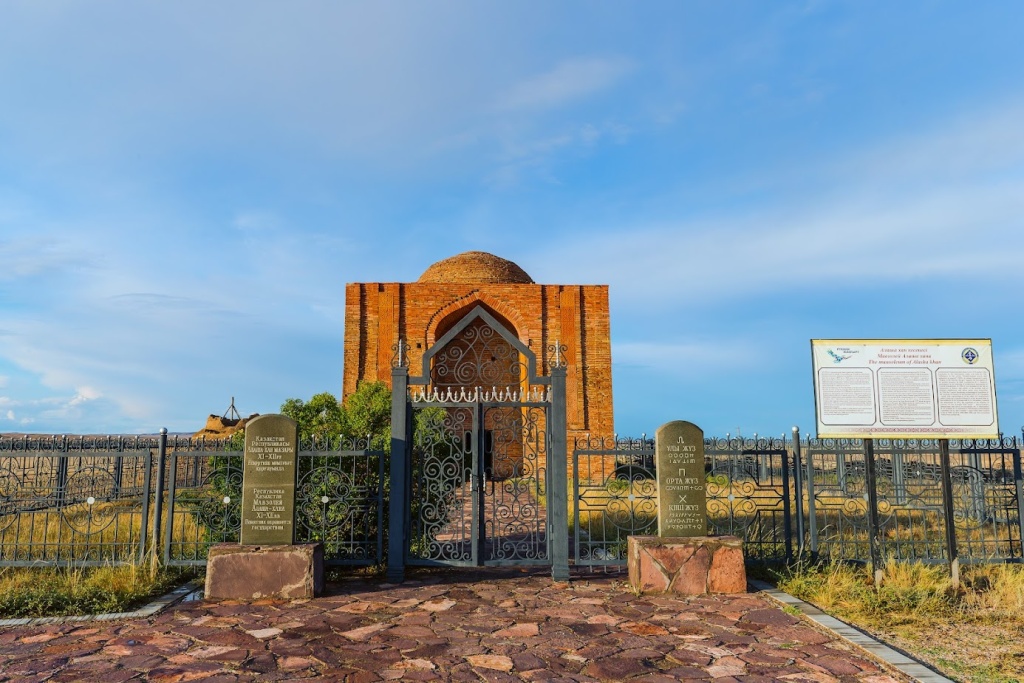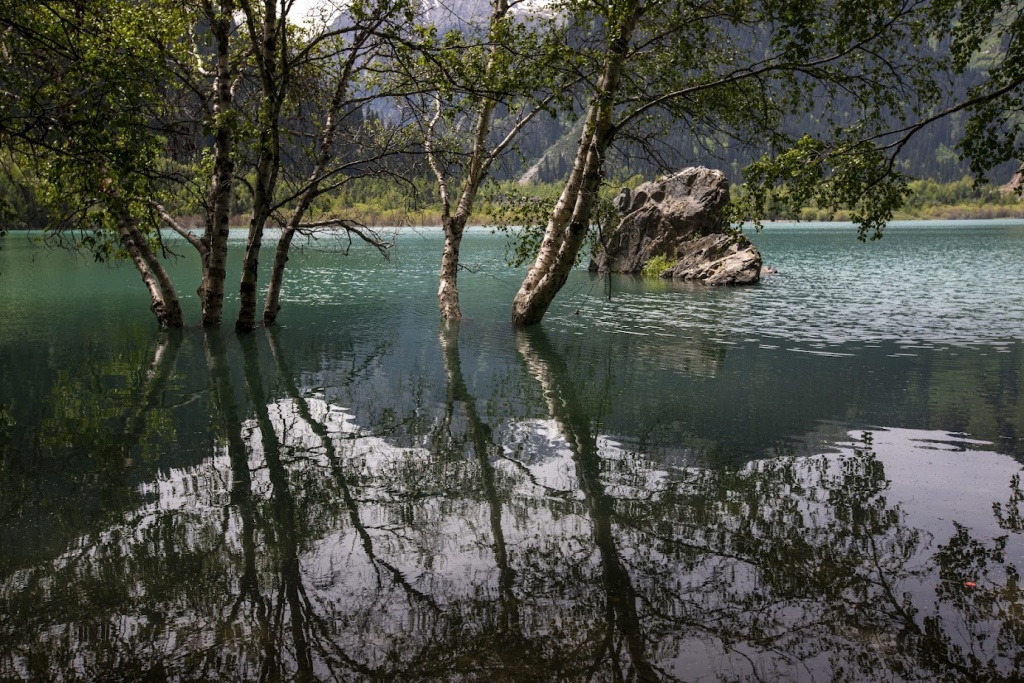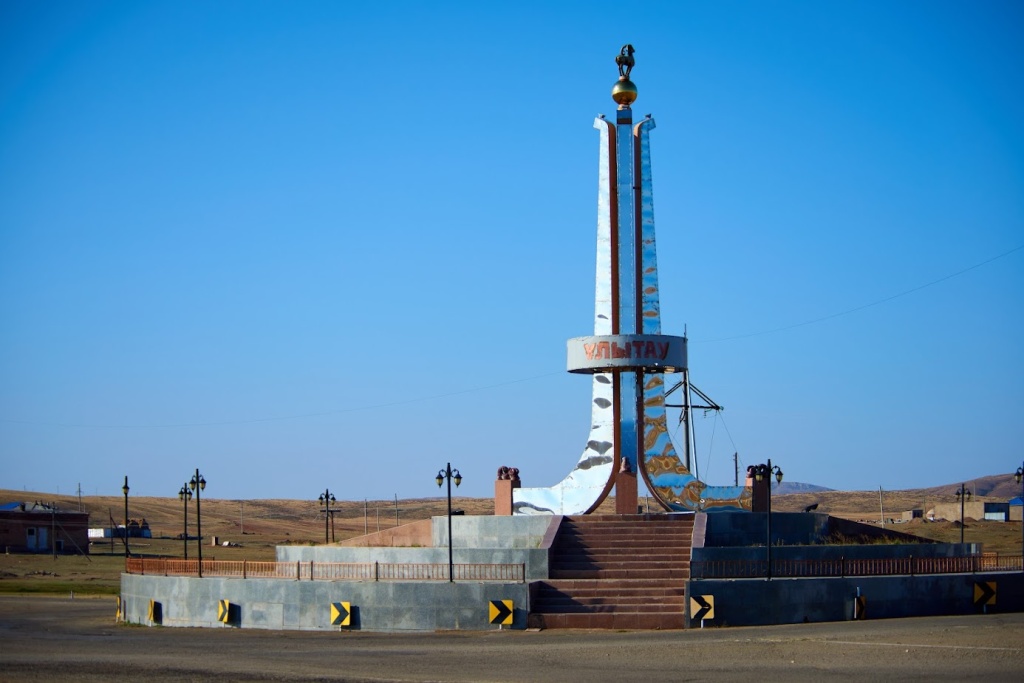Here are five unique travel routes across Kazakhstan that reveal the country’s untouched nature, rich culture, and deep history. From alpine valleys and sacred mountains to ancient cities and hidden museums — these places remain off the radar for most tourists.
Daniyel Serzhanuly, city — Astana, Acting Chairman of the Management Board, Kazakh Tourism JSC
Shalkode Valley

Shalkode Valley is located in the northeastern part of the Raiymbek district in Almaty Region, on the southern slopes of the Ketpen and Uzynkara mountain ranges, along the Shalkode River basin. It stretches 35-40 kilometers from east to southwest. This is a mountainous zhailau situated at an altitude of 2000 to 2150 meters above sea level. The Shalkode River flows through the center.
Alpine meados bloom here, and in summer, hundreds of people traditionally gather with their livestock, forming one of the most authentic places in Kazakhstan.
A traditional zhailau experience with yurts, national dishes, and horseback activities — set against the grand scenery of the Tien Shan Mountains — offers a glimpse into the true nomadic lifestyle.
Highlights:
— expansive alpine pastures surrounded by mountains
— numerous rivers and springs
— rich flora: alpine meadows, medicinal herbs, wildflowers
— wildlife: wolves, ermines, brown bears, and even snow leopards.
What to do
Ideal for eco and ethnographic tourism. Stay in yurts, taste kumys, go horseback riding. Kokpar competitions and other traditional events are often held here.
The City of Sayram

Sayram is a significant cultural heritage site in southern Kazakhstan and a modern settlement. Historical sources equate it with the medieval city of Ispidjab. Today, it’s a district within Shymkent.
Sayram is the birthplace of Khoja Ahmed Yasawi and holds immense importance in Islamic culture. Few know that pilgrimage tours to his mausoleum in Turkistan actually begin in Sayram, where the Mausoleums of Ibragim Sopy and Karashash Ana are located.
Highlights:
— Sayram is an open-air museum of history and religion, captivating both believers and those interested in Kazakhstan’s past.
What to do
Ethnocultural tours to ancient mausoleums. Gastronomy: Sayram is known for its delicious Eastern cuisine.
Karkaraly National Park

Karkaraly is one of the largest and most remote areas in Karaganda Region, a unique mountainous forest oasis. Over 90% of the region’s forests are located here.
Highlights:
— a national park steeped in legends with multiple hiking trails and routes.
What to do
Trekking to Lake Shaytankol, the Three Caves, natural pools, and other scenic spots. Visit the museum of Kunanbai. Stay at local resorts or guesthouses.
Bokei Orda Historical and Museum Complex
Located in the village of Orda in the West Kazakhstan Region, on Zhangir Khan Street. This complex, built in the 19th century, still functions as a museum.
Key landmarks include:
— Khan’s Palace, 1828
— Treasury, 1867
— Targyn Village School, 1868
— Girls’ School, 1883
— Khan’s Mosque, founded in 1835.
In 1962, a public historical-revolutionary museum was established, and in 1967, it became a state institution.
Highlights:
— the first school, the first printing press, the first... everything.
What to do
Take historical tours around these significant sites. Stay in a local guesthouse.
Ulytau National Nature Park

Ulytau is the oldest mountain range in the Saryarka region and a sacred place in the history of the Kazakh Khanate. The region is especially meaningful for those seeking a deeper understanding of Kazakh heritage. This is where khans were raised on white felt, alliances were made, and the armies of the Three Zhuzes assembled.
Ulytau is directly linked to important historical figures such as: Zhoshy Khan, Tamerlane, Alasha Khan, Edige Bi, Tokhtamysh Khan, Kenesary Khan, Alkey Margulan, Shokan Valikhanov, and Kanysh Satpayev.
Located in the geographical center of Kazakhstan, Ulytau holds symbolic value. In 1992, the Monument of Unity and Harmony of the People of Kazakhstan was erected near the village and mountains of the same name.
Highlights:
— Äulie Mountain: the highest point of Ulytau at 1133 meters. The ascent is about 500 meters. At its base lie the ancient graves of seven Sufi saints and caves believed to hold mystical properties. Legend says the peak is the burial site of Asan-Kaigy, a famed 15th-century thinker and poet.
— Mausoleums of Zhoshy Khan, Alasha Khan, Dombaul, and many more
— Zangyrtas petroglyphs: evidence of the Bronze Age
— Terekty-Äulie petroglyphs: over 3000 years old. Depictions of hunting, wild animals, and solar cult scenes carved into flat granite slabs.
What to do
Historical tours in the footsteps of Zhoshy Khan, Alasha Khan, and ancient settlements. Stay in a yurt and experience centuries-old horse-breeding traditions.